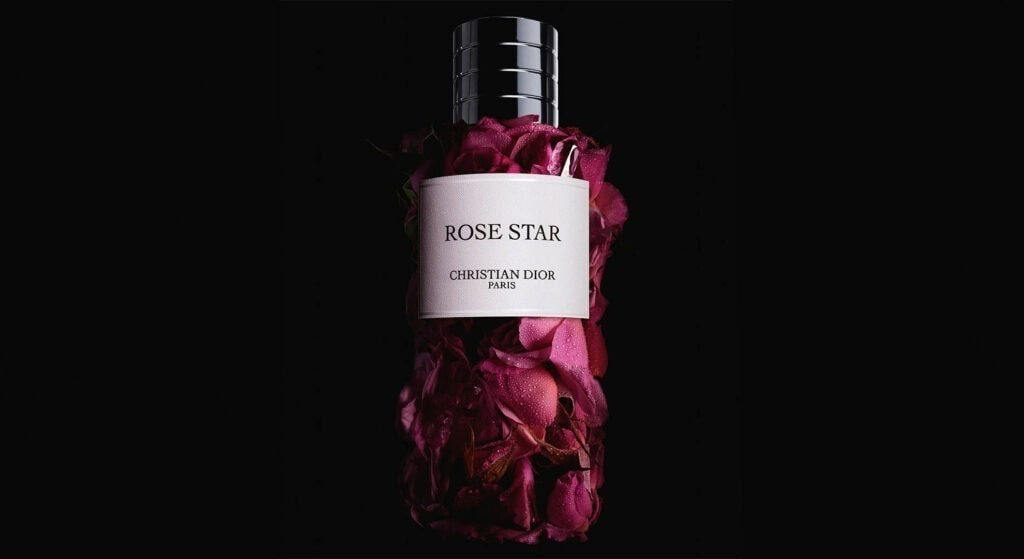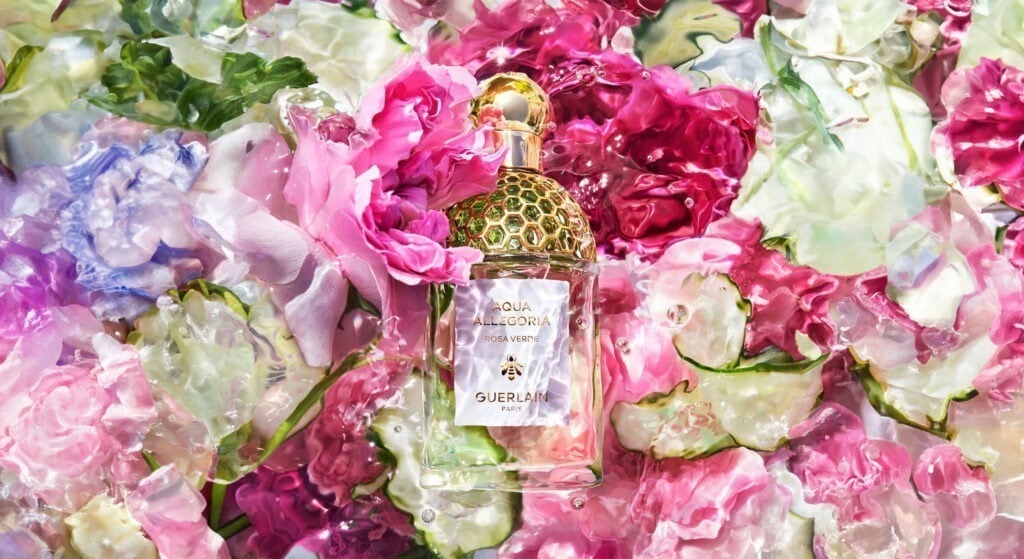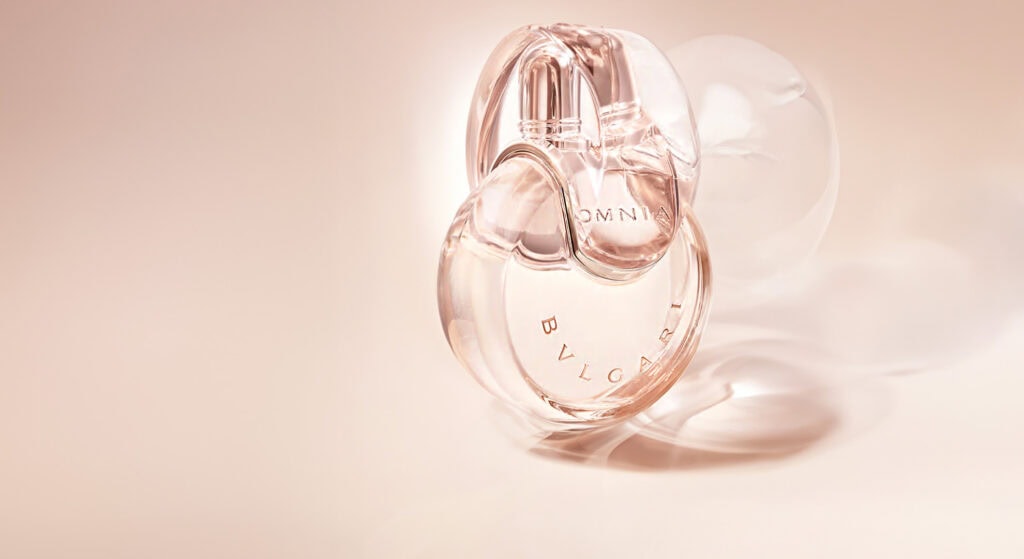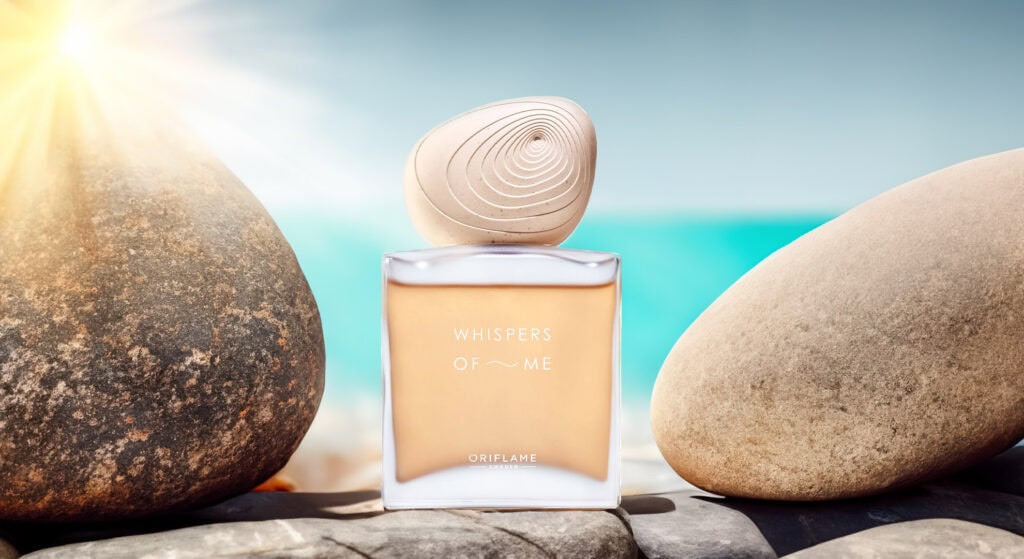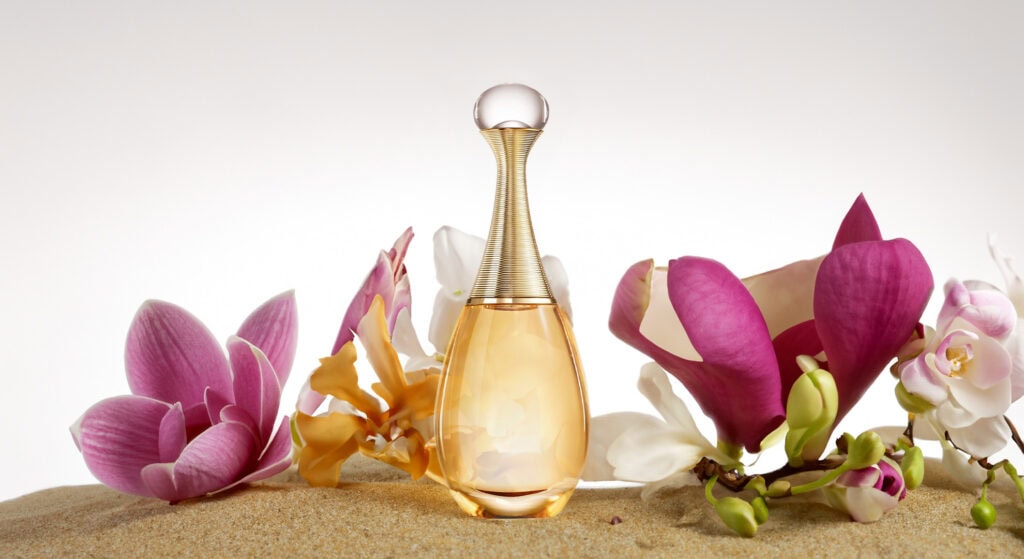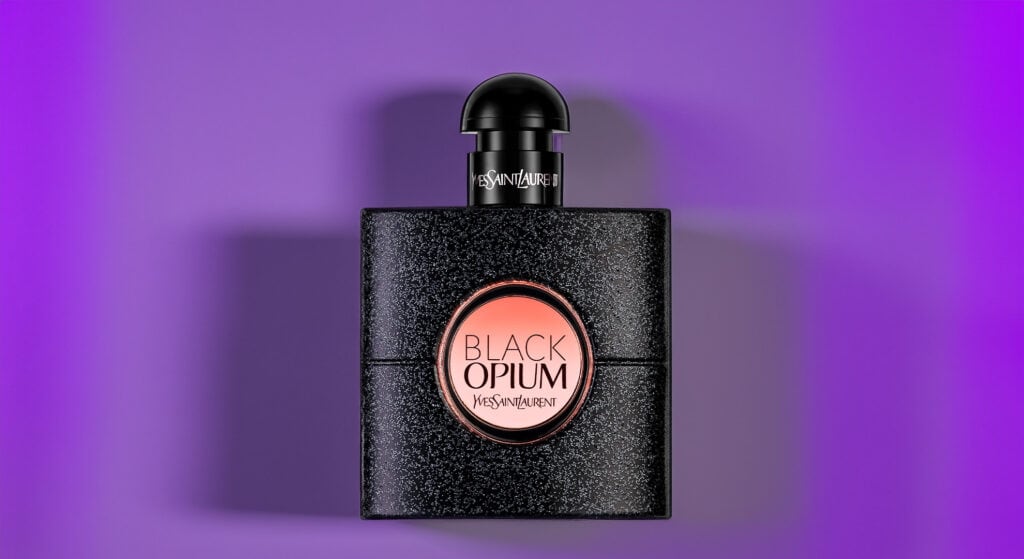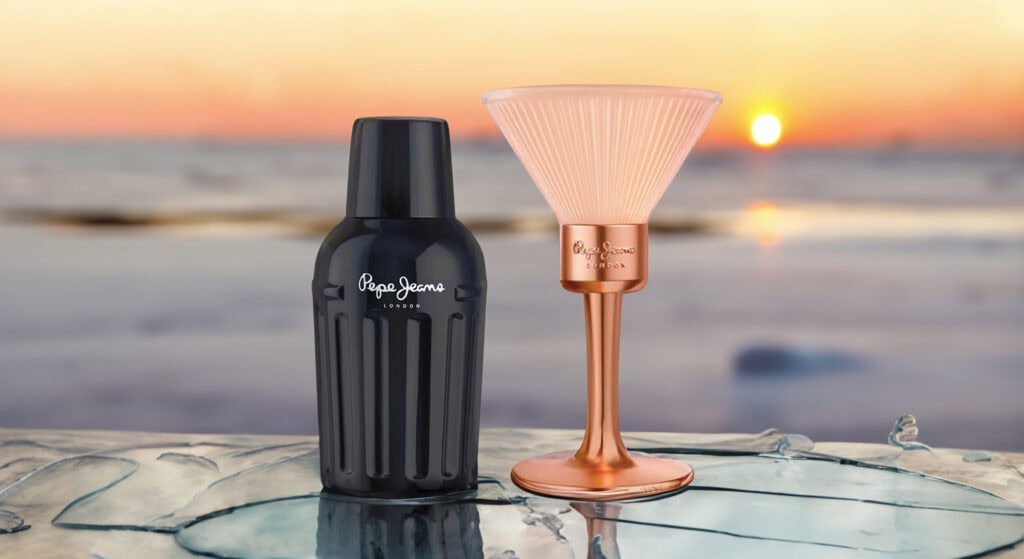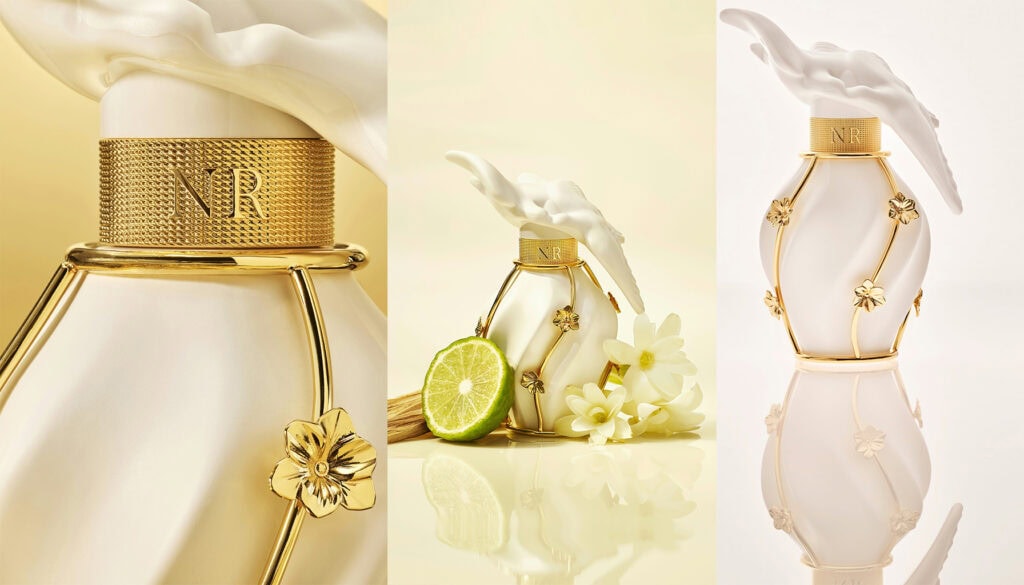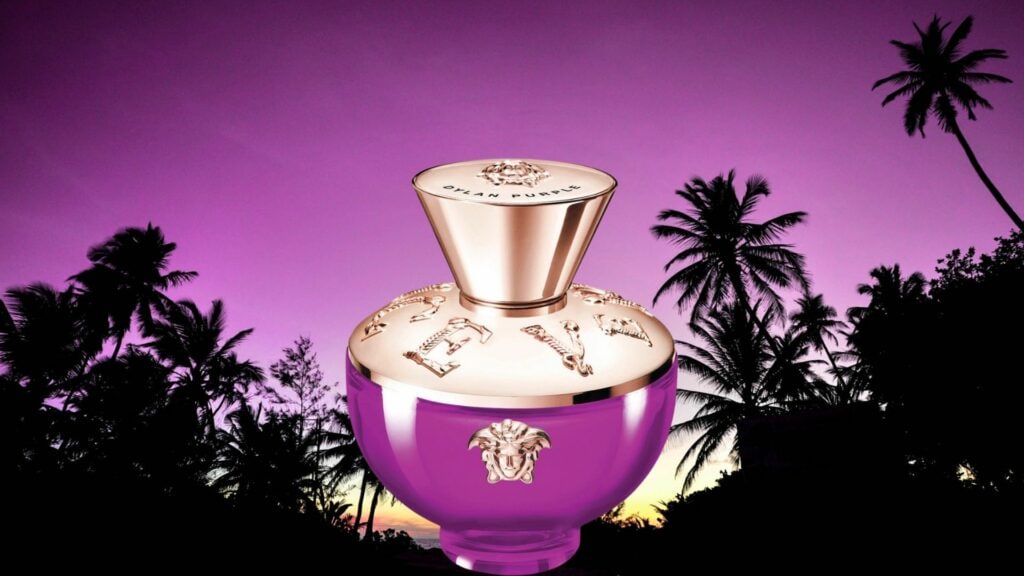The Essence of Pear in Perfumery: A Juicy Journey
The pear, often associated with crisp, juicy sweetness, brings a unique brightness to fragrances. In perfumery, it stands out for its ability to add both freshness and depth to a scent profile. The versatility of pear allows it to blend effortlessly into different compositions, whether they’re light and fruity or more sophisticated and layered. Its role is as dynamic as it is elegant, capturing an olfactory blend of fruitiness and soft sophistication.
Extracting the Essence of Pear for Fragrance
Unlike some other natural ingredients, the scent of pear is not directly distilled from the fruit itself. Instead, perfumers recreate its distinctive aroma using a combination of natural extracts and synthetic molecules. The result is an accurate reflection of its crisp, watery sweetness, often with subtle floral or honeyed undertones.
- Synthetic Molecules: The primary component responsible for the pear note in fragrances is a synthetic molecule known as ethyl decadienoate. This compound mimics the sweet, juicy scent of fresh pear. Perfumers often enhance it with other elements to capture the fruit’s entire spectrum, from its green, crisp skin to its succulent flesh.
- Natural Components: To bring balance to the synthetic pear note, natural ingredients such as apple, melon, or citrus may be added. These ingredients enhance the freshness and juiciness of the pear, giving it a more natural and lifelike quality. A touch of honey or vanilla can add warmth to the scent, mimicking the pear’s inherent sweetness.
- Blended Olfactory Notes: Often paired with citrus and green notes, pear adds a refreshing brightness to perfumes. In some cases, perfumers will use floral or musky undertones to balance its sweetness, resulting in a fragrance that feels both light and sophisticated.
Blending Pear in Perfumes: A Delicate Balance
When incorporated into perfumes, pear can be a star or a subtle supporting act, depending on the composition. It has a natural ability to introduce both freshness and a hint of sweetness, making it a flexible ingredient in perfumery.
Fruity Compositions
In fruity perfumes, pear often finds itself alongside apple, peach, or melon. The combination brings out its juicier aspects, enhancing the overall fresh and bright character of the fragrance. The sweetness is uplifting, with the fruit-forward scent creating an energetic, youthful vibe. Marc Jacobs’ Daisy Eau So Fresh beautifully captures this, where pear blends with other fruits and florals for an airy, vibrant scent that feels timelessly fresh.
Floral and Pear Scents
When blended with floral notes like rose, lily, or peony, pear adds a gentle sweetness that softens the florals without overpowering them. This pairing creates a sophisticated and graceful fragrance, where the pear enhances the lightness and delicacy of the bouquet. Jo Malone English Pear & Freesia is a prime example, where the crispness of pear is paired with the soft, clean floral notes of freesia, resulting in a refreshing, elegant perfume.
Gourmand Compositions
In gourmand perfumes, pear introduces a fresh contrast to rich, edible notes like caramel, vanilla, or almond. The juicy, crisp quality of pear balances the deeper, more indulgent ingredients, preventing the scent from becoming overly sweet or heavy. Lancôme’s La Nuit Trésor incorporates pear alongside vanilla and praline, creating a sweet, seductive fragrance that still feels light and wearable due to the fruity brightness the pear brings.
Woody and Spicy Scents
Pear can also soften more intense fragrances like woody or spicy blends. When paired with sandalwood, cedar, or amber, the sweet juiciness of pear tempers the dryness of these elements, creating a harmonious blend. Bottega Veneta Illusione for Her combines pear with woody and musk notes, creating a subtle yet complex fragrance where the fruitiness of pear adds a whisper of sweetness to an otherwise earthy base.
Noteworthy Fragrances Featuring Pear
Several perfumes have made pear a central part of their scent profile, elevating it from a simple fruity note to a signature scent.
- Marc Jacobs Daisy Eau So Fresh: This fragrance is known for its lively, fruity composition, where pear takes a leading role. Its juicy freshness adds a playful energy to the blend of florals and other fruits, making it a light, airy, and youthful scent.
- Jo Malone English Pear & Freesia: This iconic fragrance blends the crispness of pear with the fresh floral scent of freesia. The combination creates a refined and elegant perfume that feels both modern and timeless, perfect for those who enjoy light and sophisticated scents.
- Lancôme La Nuit Trésor: In this seductive fragrance, pear is blended with gourmand notes like praline and vanilla, creating a scent that is both sweet and sensual. The pear’s crispness adds a balancing freshness that prevents the perfume from becoming too rich, making it an alluring yet wearable scent.
- Bottega Veneta Illusione for Her: Here, pear plays a subtle role, adding a hint of sweetness to a woody, musky fragrance. The fruit’s natural brightness contrasts with the deeper, more earthy notes, creating a scent that feels fresh yet grounded.
The Quiet Charm of Pear in Fragrance
Pear’s role in perfumery often surprises with its understated versatility. The fruit’s delicate blend of crispness and sweetness can elevate a perfume, adding lightness to rich compositions or enhancing the freshness of a fruity or floral scent. Whether paired with bright florals, indulgent gourmand notes, or earthy woods, the pear note offers something both modern and classic in perfumery. Its presence lingers, not just as a sweet top note, but as a lasting element of balance and refinement.
Pear continues to shape the olfactory world, adding a juicy signature to some of the most memorable scents. Its adaptability makes it a favorite among perfumers, ensuring its place in fragrances that capture both the bright, fresh moments of life and the soft, subtle undertones that make a scent truly unforgettable.

